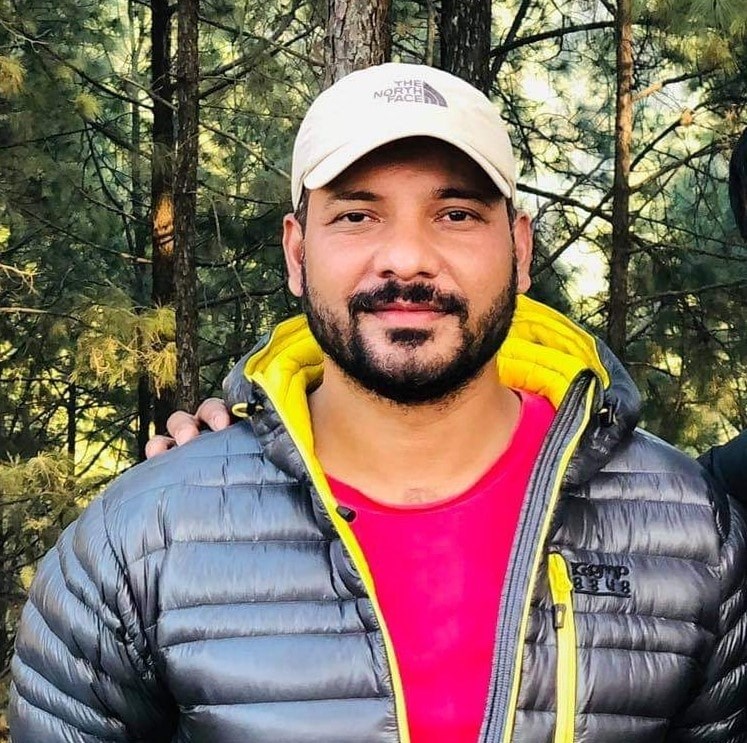Table of Contents
The Langtang Trek, in the central region, is the first national park in the country. Forming the upper catchments of the Trisuli and Betrawati rivers, its topography ranges from subtropical to the alpine zone and are the meeting points of the Indomalayan and Palearctic realms.
The park lies along the trade route between Nepal and Tibet (China). The historical site of Rasuwagadhi, a medieval fort, lies at the border.
A Complete Guide to Langtang Trek
Climate :
September through May is relatively dry except in January- February when occasional snowfall occurs. By April, bursts of red, pink, and white rhododendron bloom from towering canopies amidst the fir and oak forests. From June through August, the sky is heavy with monsoon rains. Autumn (sep-oct) is the best time for trekking within the park.
Flora and Fauna :
The park represents eighteen ecosystems ranging from the lower belt’s hill sal and pine forests to the alpine belt glaciers, snow and rocks. The main tree species are sal Chir pine Schima Wallichii, Castanopsis Indica in the lower belt, oak laurel and blue pine in the middle belt, and larch, fir, birch, and rhododendron in the higher belt. Of the 1043 species of vascular plants recorded, 15 are endemic species, including rhododendron conium, R.lowndesii, and Larix Nepalensis. Langtang’s expensive high meadows provide summer habitat for numerous ungulate species such as musk deer and Himalayan tahr.
The park is home to 46 mammalian species, including red panda, snow leopard, clouded leopard, musk deer, Himalayan Tahr, and over 345 species of birds, including the Impeyan pheasant, Ibisbill,white-winged redstart, snow partridge. There are four hereto and 30 fish species.
Area of interest :
Its landscape comprises mountains, peaks, glaciers, glacial lakes, rivers, hot water springs, gorges, cliffs, pastures and forests. Within this landscape are settlement and cattle shed etc., and the mountains from the Langtang trek is Langtang Lirjung(7227m), Yala peak(5520m), Ganesh Himal, Gangchenpo(6387m), Langshisa Ri(6427m), pomade, Baden Powell peak(5825m), poring RI(7292m), etc.
The three main trek routes in the park, namely
2) Helambu
3) Gonsaikunda
Gonsaikunda Lake cover much of the park and the southern Helambu region’s significant wilderness sites Ghora Tabela Kyanjin Panch Pokhari, Helambu toe of Langshisa glacier, and Ganja la pass. Among the cultural sites are Langtang Valleys Melamchighyang, Tarkeghyang, and Shermathang, which are worth visiting.
Among the rich cultural heritage of Tamang and Sherpas, one of the crucial aspects is the indigenous knowledge of herbal medicine and transhumance systems cheese production. Some community works include garbage management, trail management, heritage conservation, information centres and museums established at Dunche to benefit visitors.
Activities:
Visitors can participate in a range of activities around the park with the assistance of guides and tour operators. Depending on their level of adventure and interests, they can go trekking, climbing, bird watching, take nature walks, and visit villages, and hot springs.
Access:
From Kathmandu, the most convenient way to reach the park is by taking a public bus or hiring a jeep or car to Dunche, a gateway town to Langtang National Park. The journey typically starts from Kathmandu, navigating through scenic hills and valleys. Dunche is a pivotal point where travellers can rest and prepare for further exploration.
The road from Kathmandu winds through picturesque landscapes, offering glimpses of rural life and terraced fields. As travellers ascend, the air becomes cooler and the scenery more dramatic. Upon reaching Dunche, visitors can find accommodations ranging from basic guesthouses to more comfortable lodges, catering to various budgets and preferences.
Continuing beyond Dunche, the road leads further north to Syafrubensi, another important stop en route to Langtang National Park. This small town marks the beginning of many trekking adventures into the Langtang region, known for its diverse flora and fauna, as well as stunning mountain vistas.
Whether by bus or private vehicle, the journey from Kathmandu to Langtang National Park via Dunche and Syafrubensi offers travellers a glimpse into Nepal’s natural beauty and cultural richness, making it a memorable experience for nature enthusiasts and adventurers.





